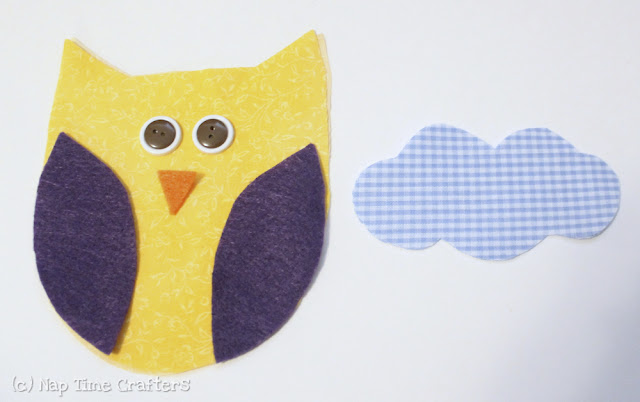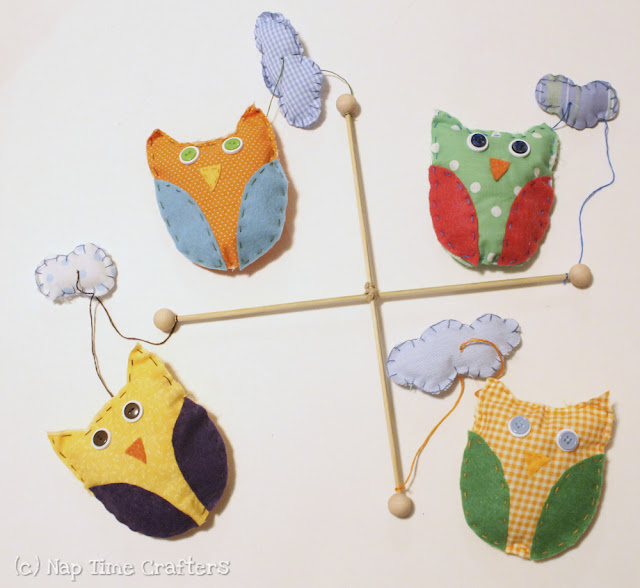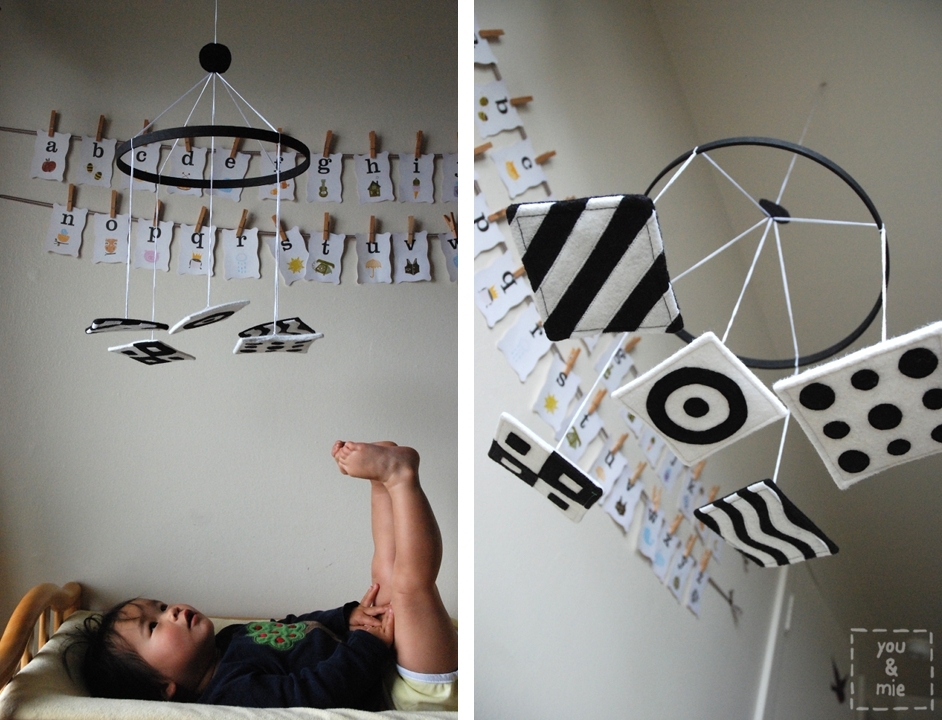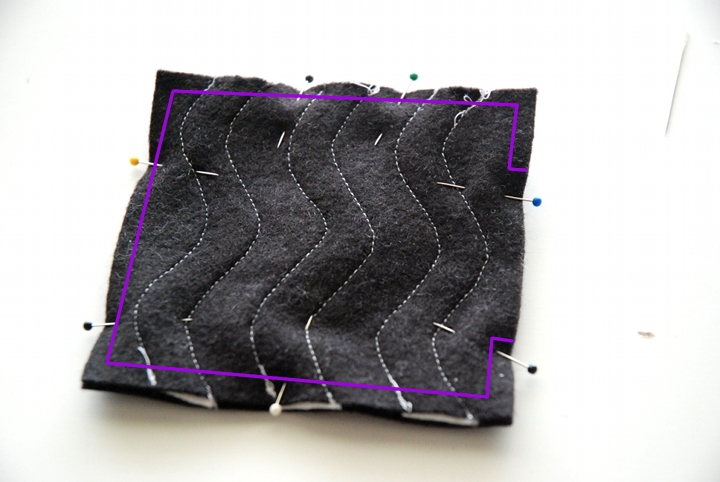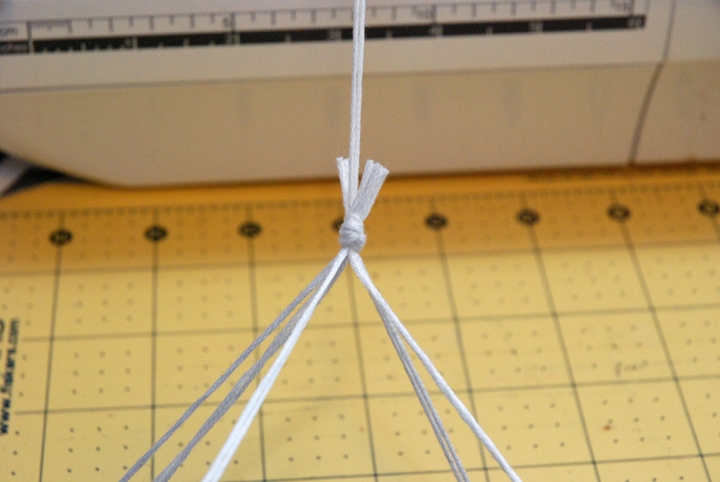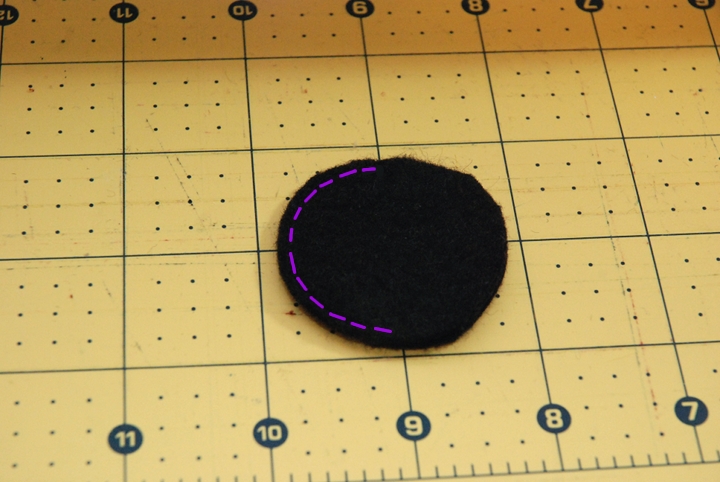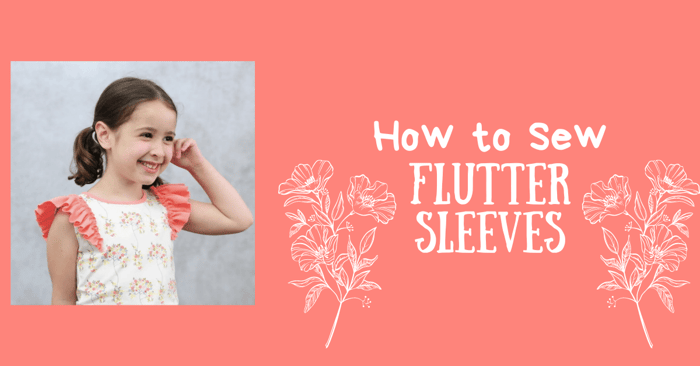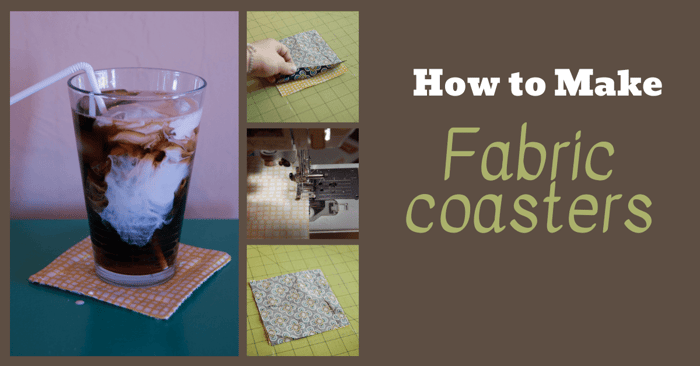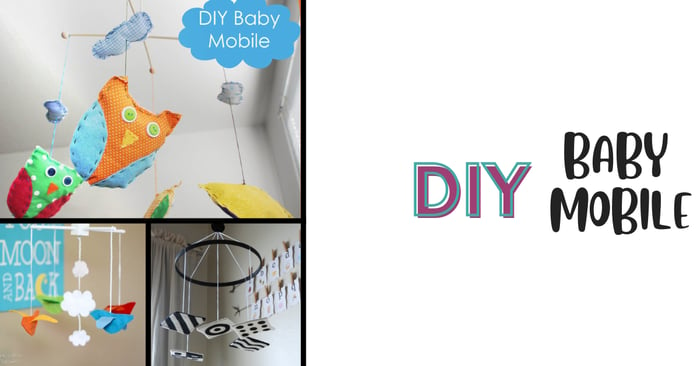
DIY Baby Mobile: Add a Personal Touch to Your Nursery
Are you looking for a way to add a personal touch to your baby's nursery? Why not try making your own baby mobile? Not only will it be a fun DIY project, but it will also add a unique and special touch to your baby's room. In this blog post, we will guide you through the process of creating a DIY baby mobile that is safe and perfect for your little one. We will cover everything from choosing the theme, gathering materials, step-by-step instructions for two different mobile ideas, and safety tips for installing the mobile. So grab your supplies and let's get started!
DIY Baby Mobile | How to Make a Baby Mobile
We have two baby mobiles were going to go over today: (1) A Baby Owl Mobile; and, (2) A Black and White Mobile
Fun Baby Owl Mobile
Since we’re living in a temporary apartment this summer the kids’ room is a bit barren. I decided that it could use a little livening up and came up with this quick and easy owl baby mobile. The mobile will match our nursery back in Provo perfectly so we’ll get to use it this fall too! I love all of those little owls and hopefully they will lull our little man right to sleep:) 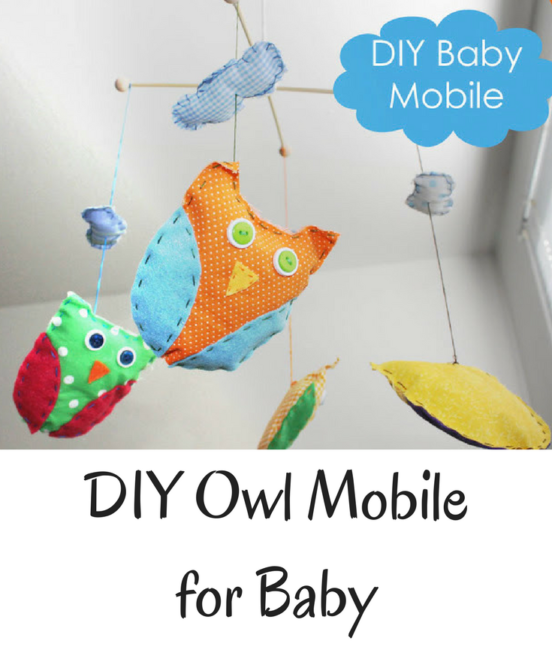
Owl Mobile Materials:
- Felt, fabric scraps, etc.
- Embroidery Floss
- 2 Dowels
- 4 Wooden beads that fit on dowel ends
- Polyfill
- String to hang with
Owl Mobile Instructions:
Step 1: Cut out all of your mobile pieces- I used a mix of felt and fabric scraps. Since the mobile won’t ever be washed or played with you don’t have to worry about fraying too much. For the eyes I did buttons.
Step 2: Sew on all of your mobile applique pieces- I used embroidery floss and a simple running stitch. I made sure to sew the eyes on super well- don’t want buttons falling into the baby’s bed! After everything is sewn to the front you can sew the front and back together. Add in a little stuffing before you sew it all the way shut to give your owls some poof when they’re hanging from the mobile.
Step 3: For the mobile skeleton, cross your 2 dowels (I actually used skewers because we already had some on hand) and secure together. I used hot glue and then wrapped around the 2 with a twist tie. Next I added wooden beads to the end of the skewers to hide my pointy ends and dress up the mobile a bit.
Step 4:. Tie a length of embroidery floss to each corner of the mobile. Thread it through a cloud and knot on the other side and then knot it to the back of the owl. I tied it to the owl about 1/4 of the way down from the top of the mobile and mine hang so the baby can see them and they’re visible from an adult point of view.
Happy little flock of owls all ready to go…
Black and White Mobile
Now here’s Cherie with the Black and White Mobile for Infants:
Projects for newborns have a special place in my heart because the arrival of my daughter is what really catapulted me into the world of sewing. And now I can’t imagine my life without either! Today I’m going to show you how to make a stimulating Black and White DIY Baby Mobile for your baby’s changing table.
Out of aaaaall of the things that I made for my daughter when she was an infant, the one that was the most loved and the most used was a diy baby mobile similar to this. She. Loved. It. She was so mesmerized by the high contrast designs on the mobile – we actually called it “the babysitter” for awhile because she could just lay there and stare at it forever!
Studies say that newborns can best register black, white and red in high contrasting patterns. These designs stimulate their eyes and promote brain development. This is probably most beneficial during the first 3-4 months of life, though my daughter loved her mobile well past her first birthday (we had to keep adjusting the height so she couldn’t reach it)! Perfect for a nursery!
Because these mobile designs stimulate (not soothe), this mobile would be best placed over a changing table in the nursery or play area as opposed to a crib.
Black and White Mobile Materials
So let’s get started! Here’s what you’ll need for this mobile:
- An embroidery hoop (10 inches)
- Paint and paint brush
- White and black felt (I like wool or wool blend)
- Embroidery floss

I bought this 10 inch hoop at Joann’s and at full price it was $1.50. You can use polyester felt, but I prefer wool or wool blend felt because it’s thicker and will make the mobile squares stiffer.
I bought 1/8 of a yard in white and black. Luckily I had the rest of the supplies at home already, so between the felt and the hoop (and a couple of coupons), I only spent about $3.50 for the whole mobile. Not bad . . .
Black and White Mobile Instructions
Step 1: So the first step for this mobile is to separate the two hoops. One has some hardware on it and you can toss that in your “stuff I swear I’ll find a purpose for someday” pile (please tell me you have one too). The other hoop should have nothing on it. Paint your mobile hoop with acrylic paint or spray paint. A couple of coats will ensure a nice opaque finish. I went with black because I thought the dark circle against the white ceiling would add another visual element of interest. But you can paint it whatever you color you want!
Step 2: Set the mobile hoop aside to dry and cut your felt into 4×4 inch squares. You’ll need 6 white ones and 4 black ones.
Step 3: Let’s also cut your embroidery floss for the mobile strings. The lengths I give here are based on what I needed (determined by the height of my ceiling and my changing table), so you may need to make adjustments. I used one piece that was 90 inches and 4 pieces that were 50 inches.
Step 4: Sketch out some designs for your mobile pieces.
These were my original sketches, though some of the designs came out different. I’m going to walk you through the 5 diy baby mobile designs I made, but you can be as creative as you want!
Step 5: Make the Felt Mobile Designs
1. Cut out strips of white felt and lay them down diagonally on a black square.
2. Cut a piece of white felt 4 inches long. Draw 4 wavy lines, cut them out and lay them on a black square.
3. Draw nine circles on some black felt (trace a coin). Originally I made them all the same size, but before I sewed them on I decided to make 4 of them smaller. A nickel and a dime might be about right.
4. Draw concentric circles about 1/2 inch apart on black felt and create a target design on a white square
5. This is probably the most complicated one. First cut two black 2×2 inch squares. Keeping in mind that 2 of the sides of the square will be part of the seam allowance (dashed line), draw a small square in the “middle.” Carefully cut the square out, repeat with the other black square and arrange as shown. Don’t forget that you’ll lose a 1/4 inch on all four sides!
Step 6: Now top stitch all the felt designs on and trim anything extra felt hanging off the edge of the square. Take your time with the circles and curved shapes.
Here’s what the mobile squares should like at this point:
(Notice the change I made in the 9 circles design)
Step 7: Put the mobile squares aside while we prep the other 5 squares, which will be the back pieces. Felt doesn’t generally have a right and wrong side, but I’ve labeled them just in case you’re using something that does.
Use a ruler to find the center of the mobile square and mark it on the wrong side. Measure about a 1/2 cm to either side of the center to make a 1 cm line.
Step 8: You’ll need to decide which of the designs you want in the center of the mobile. That design will get the longest (90 inch) piece of thread. For the other 4 designs you’ll use the shorter pieces of embroidery floss. Thread your needle and enter from the right side on one end of the centimeter long mark and then push the needle back through at the other end of the centimeter long mark (geez, did that make sense?).
Step 9: Now pull the mobile threads till they are even lengths and the felt square hangs parallel to the ground. Flip the square over and tie a simple knot close to the square. You don’t want to tie it so tight that the square puckers. Make sure that it lays flat and it’s ok if there is a little sliding room.
Step 10: Wind up the thread and lay it in the center of the mobile square so it’ll be out of the way when you sew the two sides of the square together. Repeat with the other 4 squares (remember to use the longest piece of thread for your center square).
 Step 11: To sew the square front and back pieces together, lay your patterned squares on top of the back square pieces, right sides together. Pin and sew them together with a 1/4 inch seam allowance, making sure to leave an opening on one side.
Step 11: To sew the square front and back pieces together, lay your patterned squares on top of the back square pieces, right sides together. Pin and sew them together with a 1/4 inch seam allowance, making sure to leave an opening on one side.
Step 12: Trim the corners and flip them right side out. Use a chopstick to poke out the corners and press. Top stitch all the way around with a 1/4 inch seam allowance making sure to sew the opening shut. As you top stitch, make sure to move the embroidery floss aside so you don’t sew over it. Now you should have 5 felt coaster-like squares for the mobile with thread coming out the backside.
Step 13: Decide how long you want each mobile square to hang from the hoop and tie a simple knot at that mark.
Step 14: Separate the two pieces of thread and place the hoop in between them.
With the two pieces of thread back together, tie a knot above the hoop as close to the hoop as possible.
Step 15: Now repeat this with the other 3 mobile squares that will hang from the hoop. Place them exactly 90 degrees apart from each other. Pull all the thread to the center above the hoop in one hand. For the center mobile square, add the loooong threads to the bunch in your hand and adjust the length of the thread depending on where you want the center square to hang. Make sure the hoop is parallel to the ground. If it is tilted, you need to adjust the lengths of the thread. Tie a knot with all of the strands of thread about 6-7 inches about the hoop (the thread should measure at least 8 inches from the hoop to the knot – this will help for the next step).
Step 16: Trim the short threads to a 1/2 inch above the knot. Be sure not to cut the two long threads!!! You’ll need those to hang the mobile.
Step 17: Cut out 2 circles about 1.75 inches in diameter.
Place them wrong sides together and top stitch around half of the circle.
Slip the circle over the knot and top stitch the rest of the circle making sure to sew over the thread so the circle doesn’t slide up and down. If you can’t machine sew this because the hoop gets in the way, you can hand stitch it.
Step 18: And you’re basically done with the mobile for your nursery!! I just tied a loop at the end and used a ceiling hook to hang it.
Done! Now give it a little spin, sing a song and watch how your baby becomes mesmerized by these handcrafted mobile designs. Can you see the synapses firing?? Well, maybe not, but I’m pretty sure you’ll see the intrigue in their eyes.

Again, I used my toddler in these pictures because I didn’t have a newborn on hand. I don’t actually recommend this (or any) diy baby mobile over a nursery changing table for toddlers, mainly because it’ll end up looking something like this:
Sort of like King Kong vs. airplanes? Anyways, thanks for letting me share this mobile tutorial with you. I hope you give this project a try and that your little one loves this mobile as much as mine did! And please come and say hi over at you & me some time! Thank you Cherrie – What a fun diy baby mobile! And such a great idea to hang it over the nursery changing table!
Hanging Your Baby Mobile
When hanging a mobile over a crib, it is essential to prioritize safety. Ensure the baby mobile is securely attached to avoid any risk of it falling. Use a sturdy hook or ceiling anchor to securely attach it to the ceiling and regularly inspect its strings and attachments for firm fastening. Test the stability by gently nudging it, and use a strong adhesive like hot glue for added security. Always prioritize the baby's safety when installing the mobile. Keep it out of the baby's reach to prevent accidents. It is important to remember that any loose parts or unstable structures can pose a potential hazard, so always take extra precautions when hanging items over your baby's crib. Avoid hanging the mobile directly over the crib to prevent it from falling.
Position the crib mobile at an ideal height that allows the baby to see it but not reach it. Hanging the mobile 12 to 16 inches from the ceiling provides a safe and visually stimulating distance for the baby. The recommended height is around 20 inches above the crib mattress, ensuring the baby's safety and enjoyment without any entanglement risk. This height allows the baby to comfortably focus on the mobile's engaging features.
Adding the Finishing Touches
NOw its time to choose your design. You can enhance it by adding whimsical elements like dinosaurs, geometric shapes, or garlands. Ensure it hangs at the right height and angle for optimal enjoyment. Assess its visual appeal and make final adjustments for a polished look. Personalize the mobile with additional decor items to infuse character into the nursery. Finish the DIY project with pride and a sense of accomplishment. Infuse the baby mobile with charm and creativity to make it a delightful addition to your own nursery.
To ensure the mobile is secure, double knot the fishing line to keep its various elements in place.
How Often Should You Rotate Your Baby's Mobile?
Consider introducing new visual stimuli to your baby by rotating the mobile every 1 to 2 weeks. Change its position or switch out some hanging elements to keep your baby engaged and interested. Experiment with different mobiles or rotate their elements for a fresh look.
Conclusion
Creating a DIY baby mobile is a wonderful way to add a personal touch to your nursery. By choosing a theme, gathering your materials, and following a step-by-step guide, you can create a beautiful and unique mobile for your little one. However, it's important to prioritize safety when installing the mobile. Make sure it is securely attached and at the ideal height for your baby's reach. Additionally, consider rotating the mobile every few weeks to keep your baby stimulated and engaged. With these tips in mind, you can create a special and safe mobile that will bring joy to your nursery.
Thank you for joining us today! Before you leave, make sure to join our Facebook Group and follow us on Instagram. We hope to see you there as well as over at KnitFabric.com - where we have our higher quality apparel fabric, at better prices, with flat rate shipping!
Happy sewing!


